Use this practical buoyancy experiment when teaching your students about why some objects float in water while others sink.
A Buoyancy Experiment for Elementary Students
When things float, it is because of buoyant force. The buoyant force of a liquid pushing against the force of gravity causes an object to either float or sink, depending on which force is greater.
Get ready to get your hands wet while exploring the force of buoyancy with your students! The Teach Starter team has designed this hands-on experiment to demonstrate the force of buoyancy and its effect on objects when placed in water. So grab a bucket of water, a golf ball, a lime and a ping pong ball, and start investigating this natural phenomenon!
The procedure for this buoyancy experiment is outlined below:
- Place the bucket of water on the ground, ensuring it cannot be knocked over or spilled. Wait until the surface of the water is calm before continuing with the experiment.
- Place the golf ball on the surface of the water, and then let it go. Record your observations in the data collection table.
- Repeat this process with the lime and the ping pong ball. Record your observations in the data collection table.
The resource download provides a complete booklet with all the instructions and worksheets the students require to conduct this buoyancy experiment. The booklet downloads as a full-color or black-and-white PDF. Should you wish your students to complete the worksheets electronically, a Google Slides version of these is also available.
This buoyancy experiment for kids is a great opportunity for your students to take a hands-on role in their learning of forces. Understanding buoyancy helps students make sense of everyday phenomena, such as why some objects float in water while others sink. This knowledge is relevant to their daily experiences and can enhance their understanding of the world around them.
Link This Buoyancy Experiment to the Real World
The best learning experience is one that enables our students to make connections to the world they live in. This buoyancy experiment does this in several ways:
- Practical Skills – Buoyancy is a fundamental principle in fluid mechanics. Learning about it provides students with practical skills that can be applied in various fields. Whether they are interested in engineering, physics, or even activities like swimming or sailing, a grasp of buoyancy is essential.
- Engineering Applications – Buoyancy is crucial in engineering, especially in fields like naval architecture and aeronautics. Students interested in pursuing careers in these areas will find that a solid understanding of buoyancy is essential for designing and building various structures and vehicles.
- Safety Awareness – Buoyancy plays a role in water safety. Understanding why certain objects float or sink can contribute to students’ awareness of water safety practices, helping them make informed decisions and prevent accidents.
- Environmental Awareness – Knowledge of buoyancy is also relevant to environmental issues. For example, understanding how objects interact with water is important when studying topics like pollution, oil spills and marine ecosystems.
Download to Conduct This Buoyancy Experiment
As mentioned above, this buoyancy experiment downloads as either an easy-print PDF or an editable Google Slides version. Use the download button to access your preferred file format. (Note: You will be prompted to make a copy of the Google Slides template on your personal drive before accessing it.)
To save paper, you might like to project the instruction page on your interactive whiteboard and provide the student with the worksheet pages only. Please consider printing these double-sided – the environment will thank you for it!
More Hand-On Resources for Your Forces Lessons
Are you looking for more student-centered resources to use when exploring forces and motion with your students? Look no further, we have a wide range of teacher-created, curriculum-aligned resources at your fingertips!
[resource:4867814] [resource:3491750] [resource:5019909]
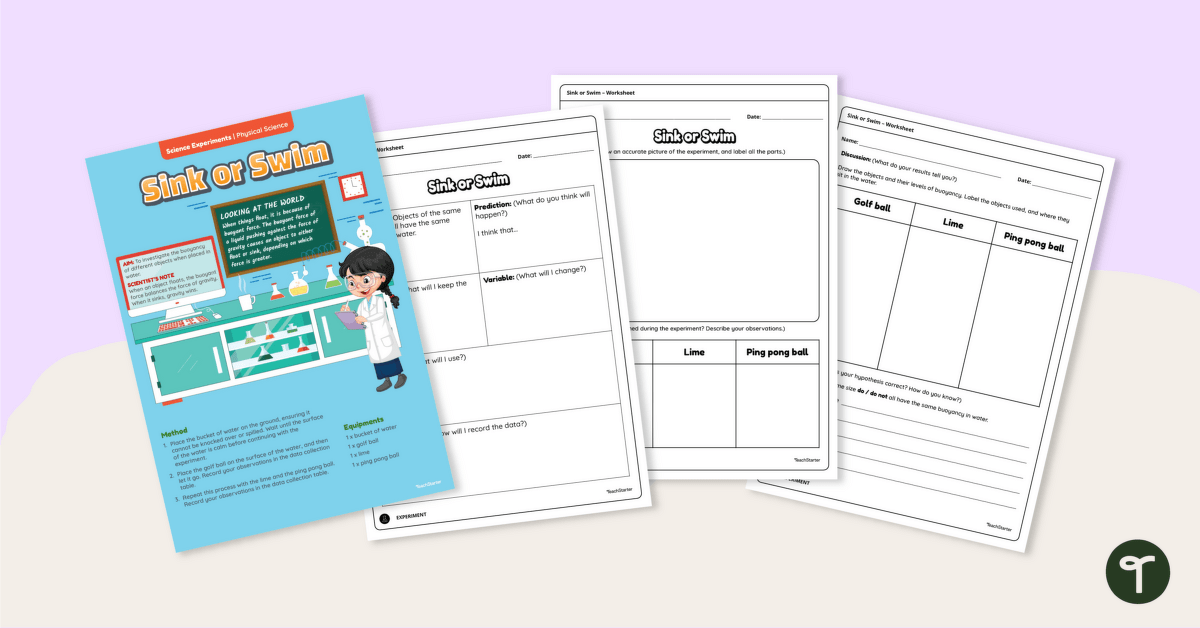

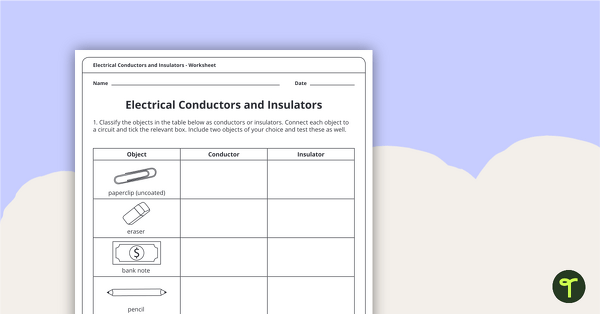
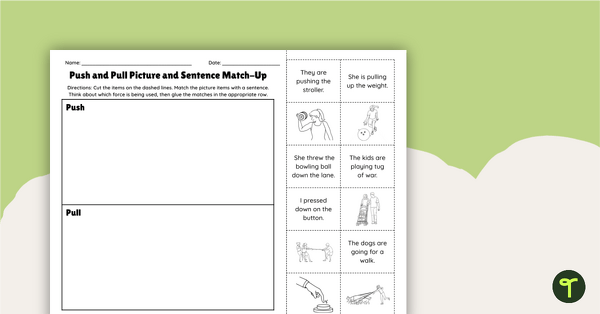
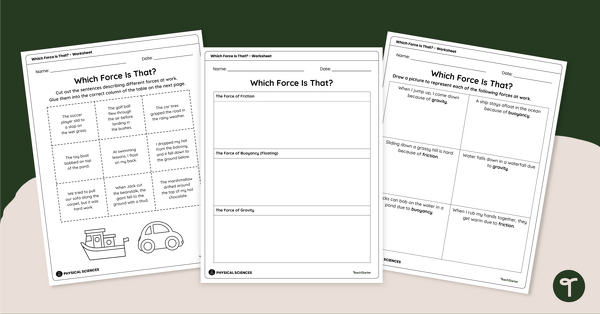
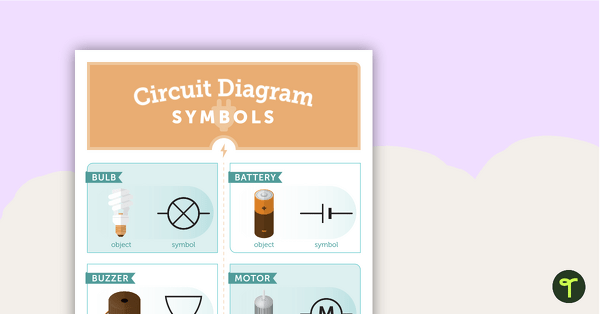
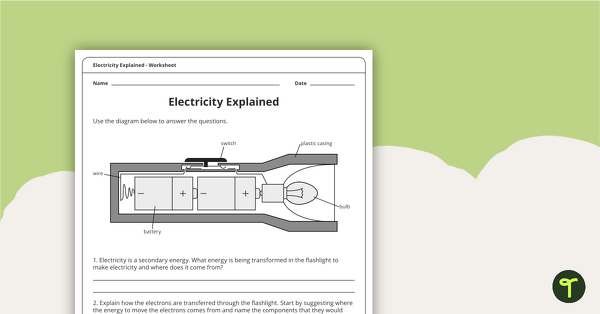

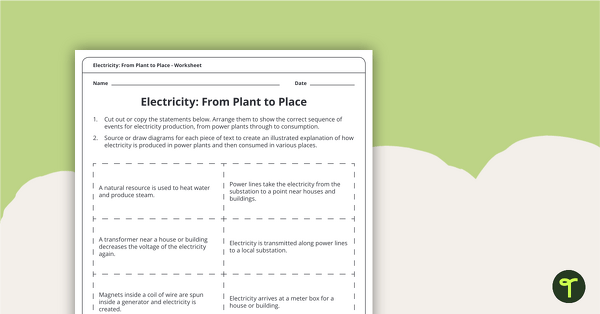

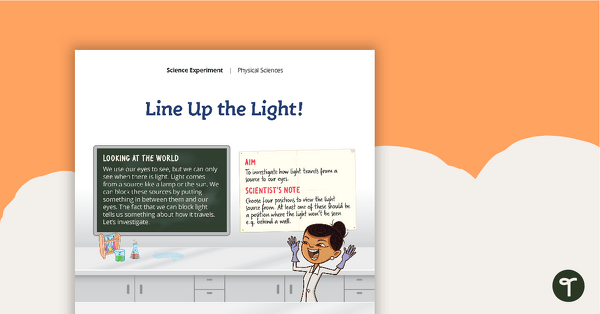
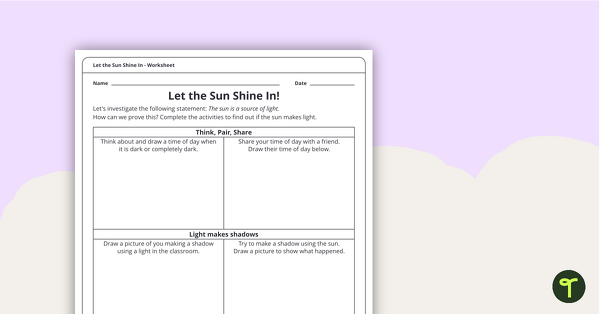
0 Comments
Write a review to help other teachers and parents like yourself. If you'd like to request a change to this resource, or report an error, select the corresponding tab above.